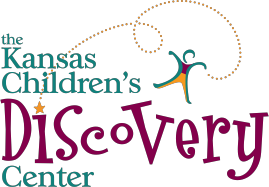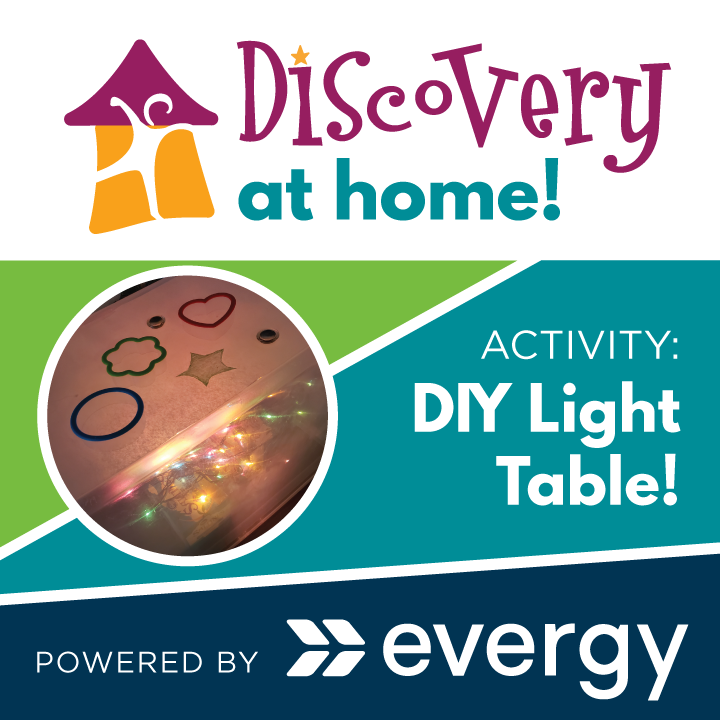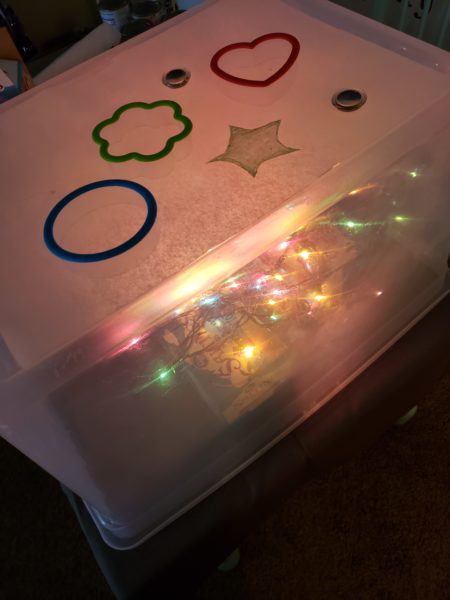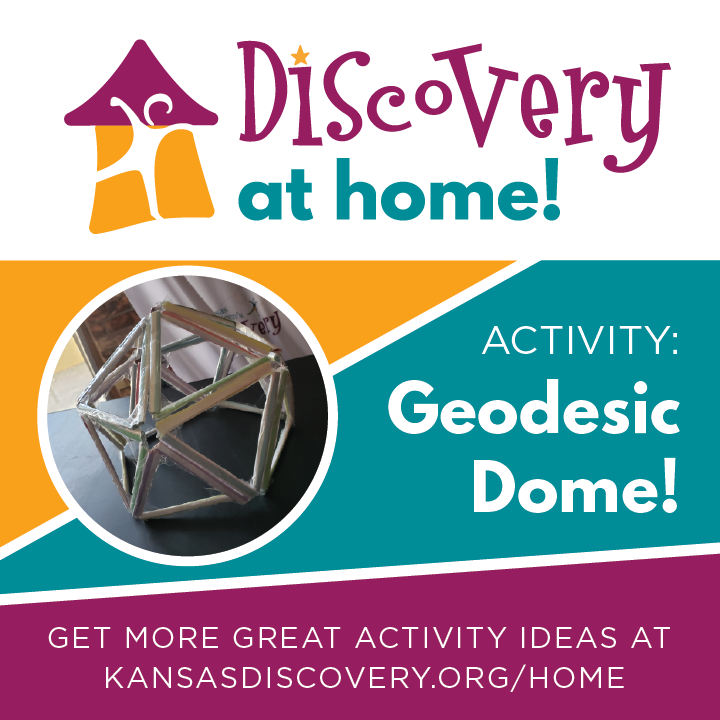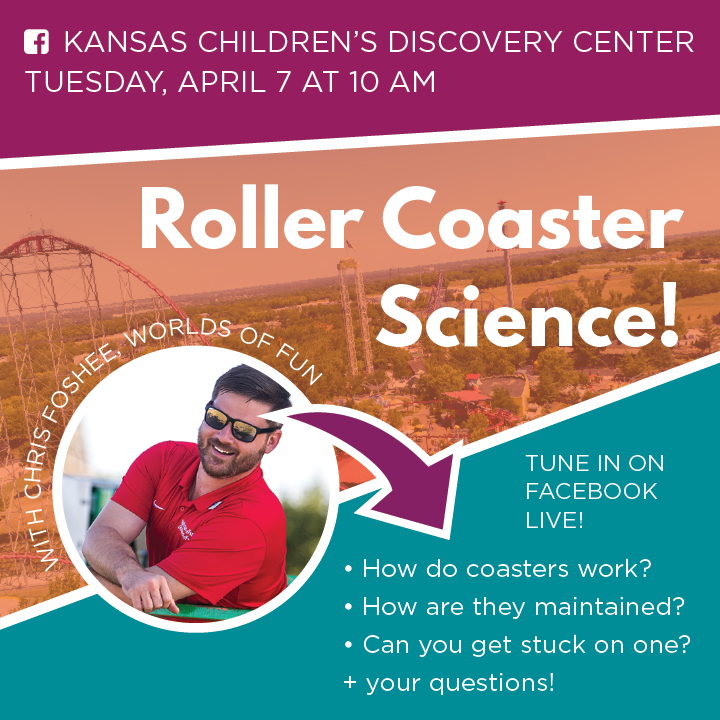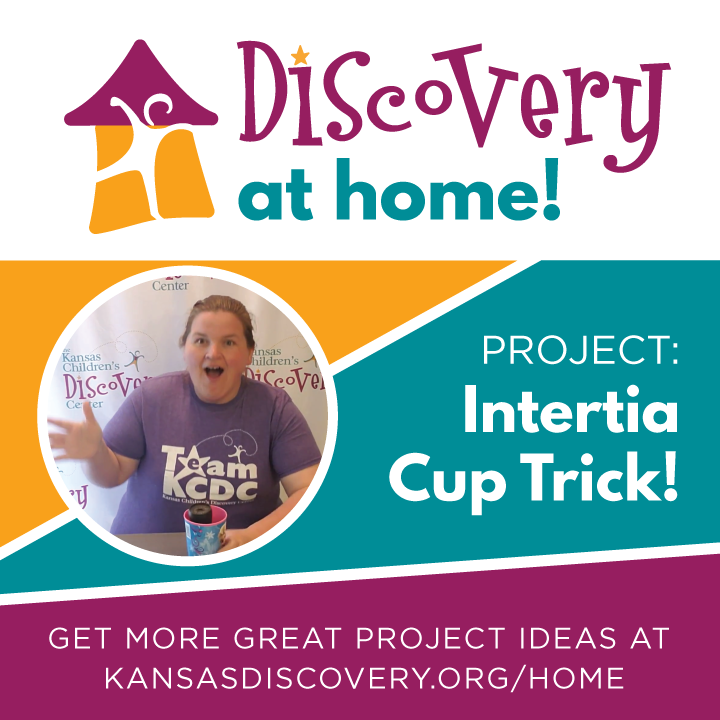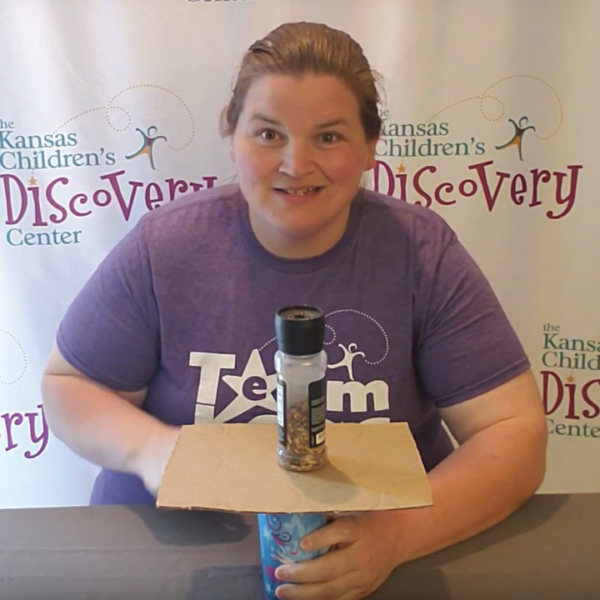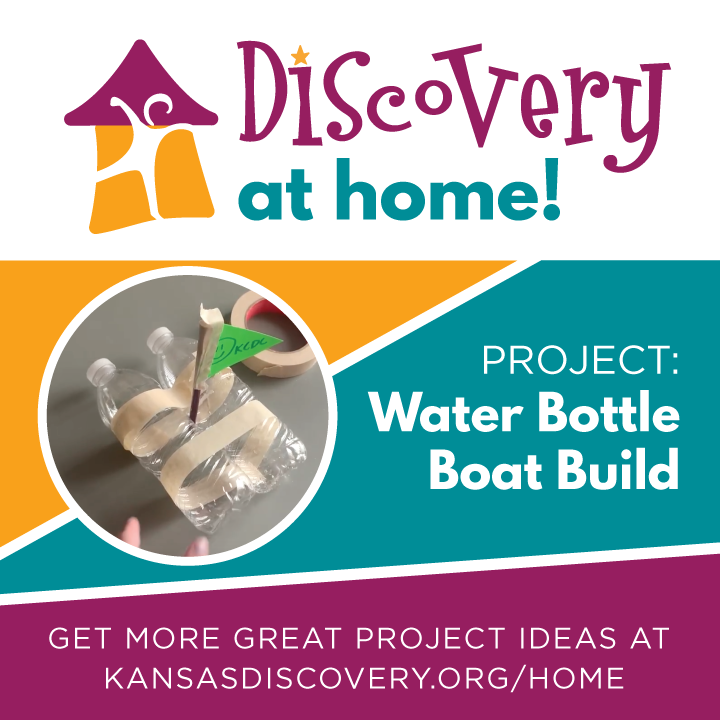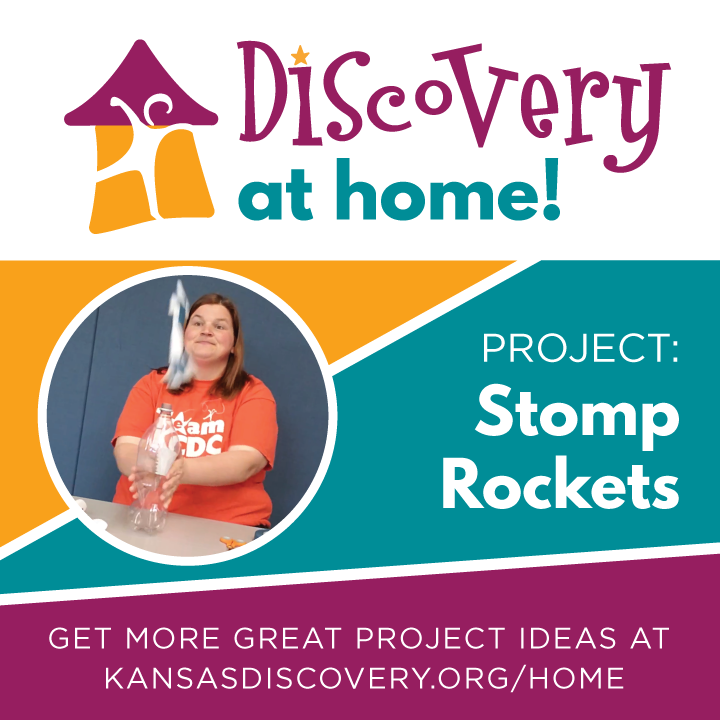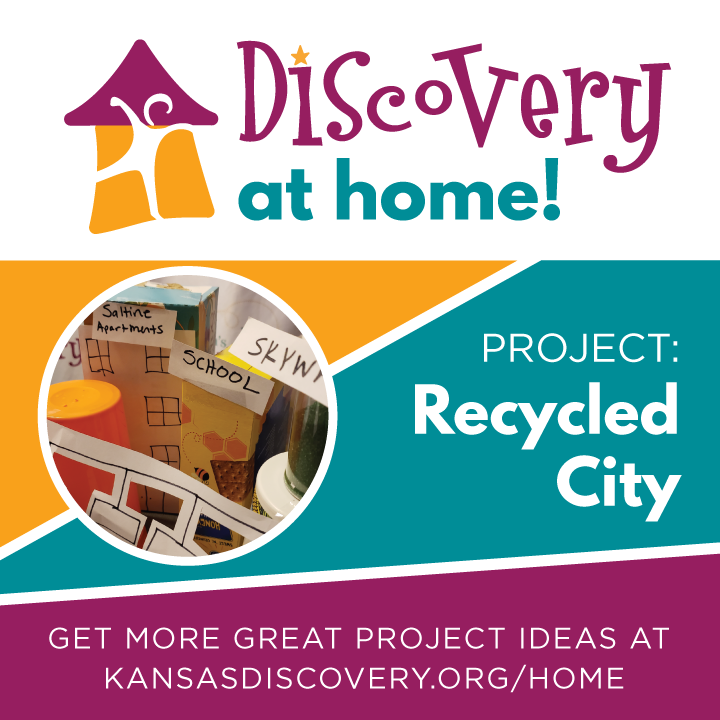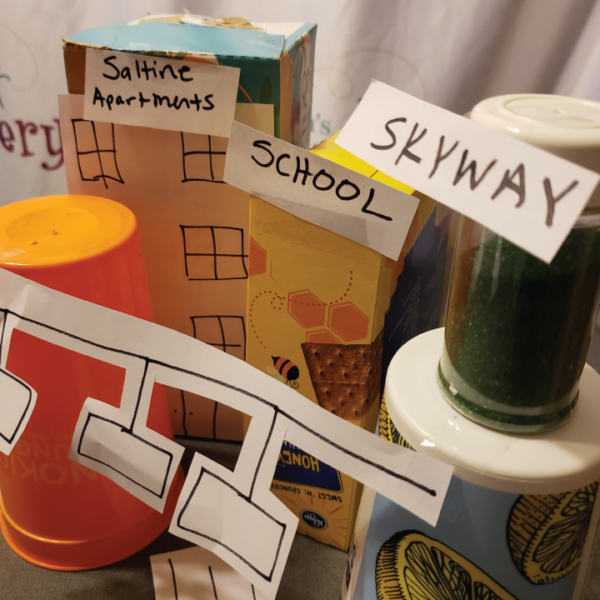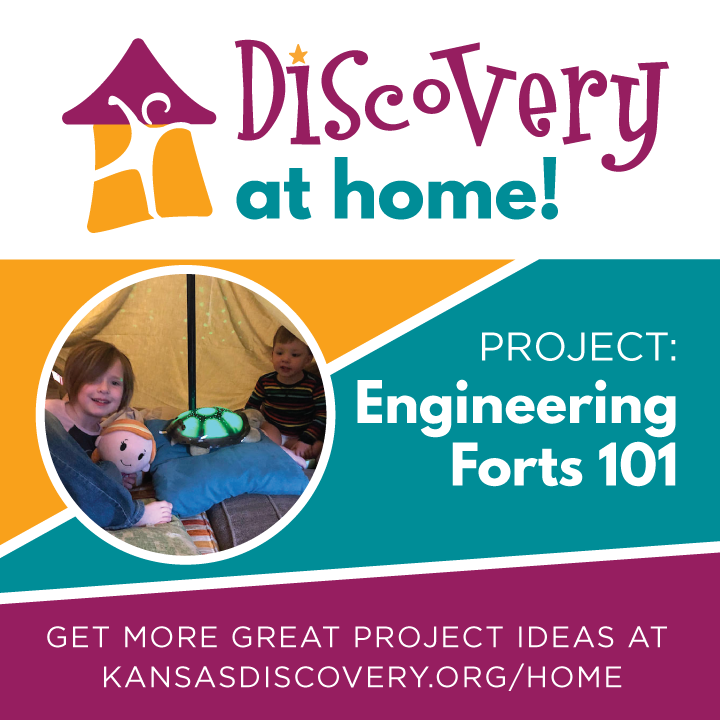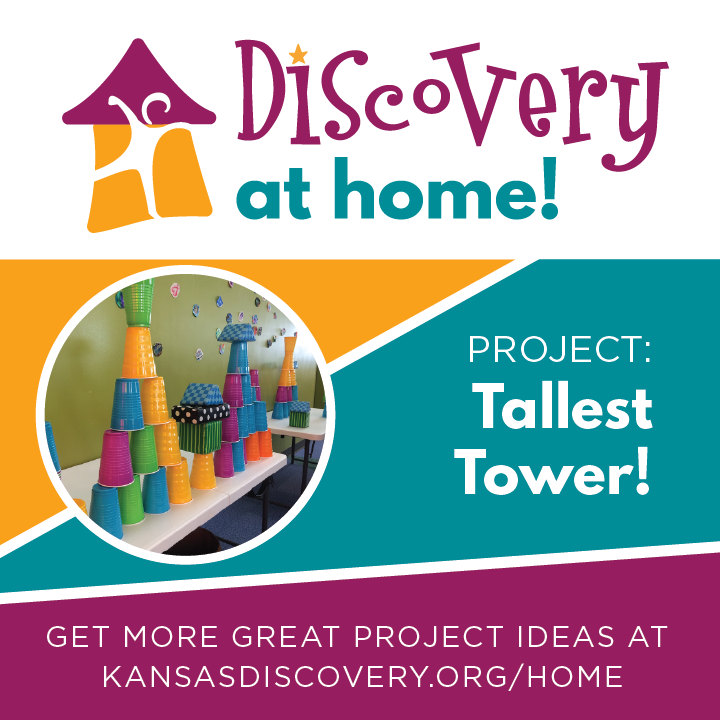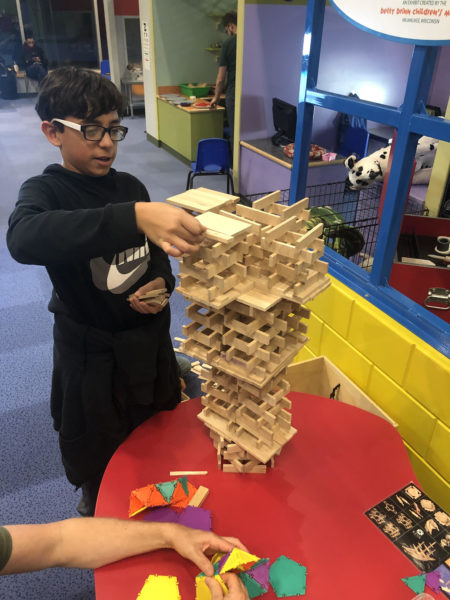What you need:
- Aluminum foil.
- Scissors.
- Ruler.
- Tape.
- Pen or pencil.
- Scrap paper.
- Rag or paper towels.
- Pennies or other coins.
- Water.
- Bucket, tub, sink or dish pan (something to hold the water).
Directions
- Cut two squares of aluminum foil, making one square twice the size of the other square. For example: you could make one square 12 inches by 12 inches and make the second square 6 inches by 6 inches.
- Fold the two aluminum foil squares into two different boat shapes. Try to make them the same shape. For example, you could make them both have two pointed ends (like canoes) or you could make them square or rectangular (i.e. rectangular prisms).
- Make finishing touches to the boats. Make sure they do not have any leaks. If needed, use a little tape to make them stronger. Flatten the bottoms of the boats. On each, try to make sure the rim is the same height going all the way around the edge of the boat.
- Now give each boat a super cool name. Example: S.S. Discovery.
- Fill the container of your choice with some water, making sure to add enough water to allow the boats to sink.
- Take one of the boats and carefully float it in the container of water.
- Gently add one penny at a time. To prevent the boat from tipping, carefully balance the load as you add pennies (left to right, front to back ---- or port to starboard, fore to aft, if you are feeling nautical).
- Keep adding pennies until the boat finally sinks.
- Carefully take out the sunken boat and place it and the pennies on a rag or paper towel. Dump any excess water back into the container.
- Count how many pennies the boat could support before sinking. (The penny that sank the boat does not count).
- Write the number down so you can reference it later.
- Repeat this process with the other boat. Be sure to only add dry pennies because wet pennies will weigh more than dry pennies.
- Write down how many pennies could fit in the other boat.
- Could the larger boat support more pennies than the smaller one?
How to Expand it
- Create a chart to compare your boats.
- Try different types of money. You could use nickels, dimes, quarters, or even international coins if you have some. Try making more boats of different sizes and test those. Will the boats float in liquid or just in water? Try oil or vinegar and see how many pennies it takes to sink your boats.
- Test other things to see if they sink or float! Check out Sink or Float Science.
- Like building boats? Check out Water Bottle Boat Build.
What Kids Learn
- Density is what determines whether an object sinks or floats in water. If something is less dense than water, it floats. If something is more dense than water, it sinks.
- Basic engineering skills. Engineers solve problems with constraints, in this case, limited materials and air pressure. They learn to solve problems by using the engineering design process: asking questions, coming up with solutions, building, testing and improving.
- Fine motor skills. Kids practice using the small muscles in their hands later used for writing.
- Experimentation! When kids experiment, they're learning how to learn. Failure is an important part of experimenting, so let kids try things that won’t work. It’s how they figure things out!
- Opposite words, like gooey and sturdy, liquid and solid, warm and cold, big and small, empty and full. Learning to compare things is an important part of learning language.
- Vocabulary
- Density: The weight and size of an object. A fluffy pillow has less density than a brick. A crayon has more density than a feather.
- Buoyancy: the ability or tendency to float in water, air or some other fluid.
- Hypothesis: a supposition or proposed explanation made on the basis of limited evidence as a starting point for further investigation.
- Observations: the action or process of observing something or someone carefully in order to gain information.
